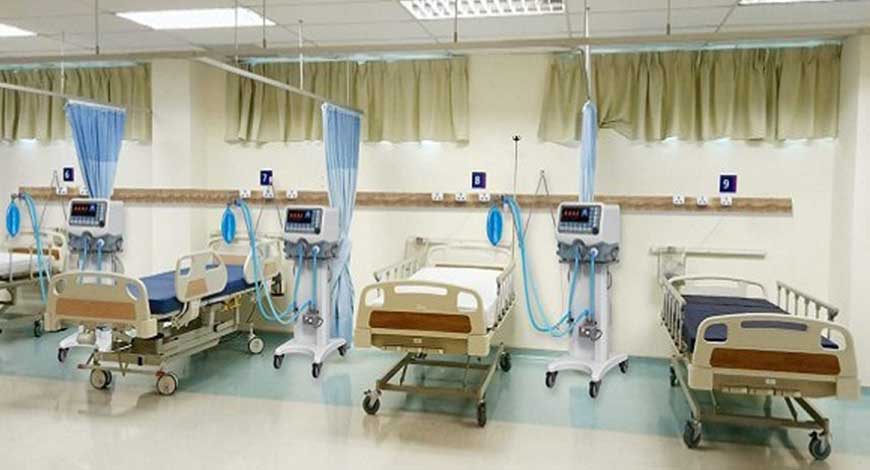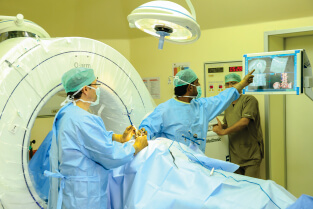
Imagine walking into a hospital where cutting-edge AI and robotics quietly enhance patient care around the clock. It’s early morning, and as you approach the ICU, a sleek humanoid robot—like Moxi—smoothly navigates hallways, carrying medications and supplies. These robots relieve clinical staff from routine tasks, allowing them to focus more on direct patient care .
In the outpatient wing, digital kiosks and queue‑management systems register patients instantly, while an integrated HMIS (Hospital Management & Information System) processes thousands of records daily with speed and transparency—like in Surat, where one such system handled nearly 90,000 patients in the first month .
Preventive & Personalized Care
Hospitals aren’t all reactive anymore. AI-driven diagnostics now “flagting abnormal rhythms on ECGs, identifying valve lesions, and even modeling 3D coronary vessels in real time” have shifted focus from treatment to prevention .

But innovation doesn’t stop at the door. Remote patient monitoring—using wearables and smartphones—lets chronic and post‑surgical patients recover safely at home under clinical supervision. These systems have reduced readmissions dramatically and improved outcomes across cancer, heart failure, and COPD .
Evolving Infrastructure: ICU & Virtual Wards
In urban centers like Delhi, governments are converting incomplete infrastructure into superspecialty ICUs, addressing critical care shortages for cancer, transplant, and maternal services .
Rising alongside physical ICUs are “virtual wards”z‑at‑home models. Pioneered internationally (e.g., Seha Virtual Hospital), they connect patients via telemedicine and remote diagnostics, bringing care to rural regions without traditional stays.
The Tech Backbone: Telemedicine, EHR, AI

- Hybrid telemedicine is now standard—patients consult digitally where efficient, and in‑person when needed. EHR systems and telehealth platforms increasingly work together to ensure seamless care .
- AI‑embedded clinical software—ranging from generative tools that draft clinical notes to predictive algorithms inside med‑devices—is reshaping care delivery .
- Hospitals continue migrating from paper records to advanced EHR systems, reducing errors and improving patient satisfaction.
Challenges, Trends & What It Means for You
- Underutilization of capacity is visible in India’s private hospitals, where bed counts are increasing faster than patient footfall—highlighting the urgency for affordable, aligned services .
- Robot assistants reduce healthcare staff burnout by taking over mundane tasks—some studies estimate nurses save up to 40 % of their day.
- Sustainability concerns are rising. Green hospital designs, resource-efficient operations, and preventive care are becoming essential to meet patient needs and environmental goals.
📌 Key Takeaways
| Innovation | Benefit |
|---|---|
| AI diagnostics | Earlier intervention, targeting prevention |
| Robotics | Enhanced clinical efficiency, lower burnout |
| Digital systems (HMIS/EHR) | Fast record access, accountability, better workflows |
| Telemedicine & RPM | Continuity of care beyond hospital walls |
| Virtual wards | Reducing crowding, improving rural access |
Today’s hospital isn’t just bricks and nurses—it’s a tech‑powered ecosystem aiming for smarter, safer, sustainable care. From AI predicting heart issues, to virtual wards delivering treatment at home, to robotic aides in corridors—this is healthcare reimagined.










